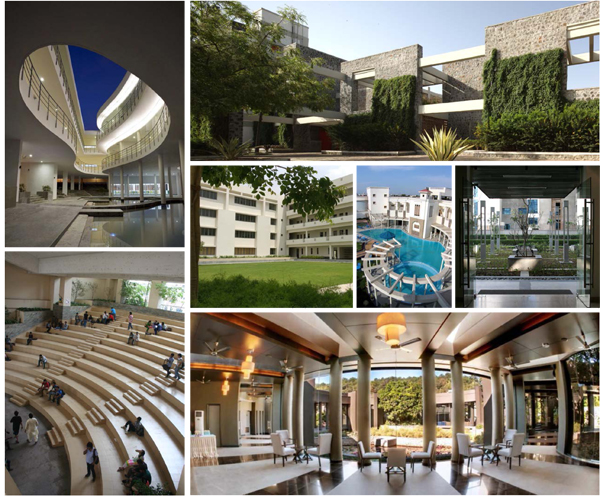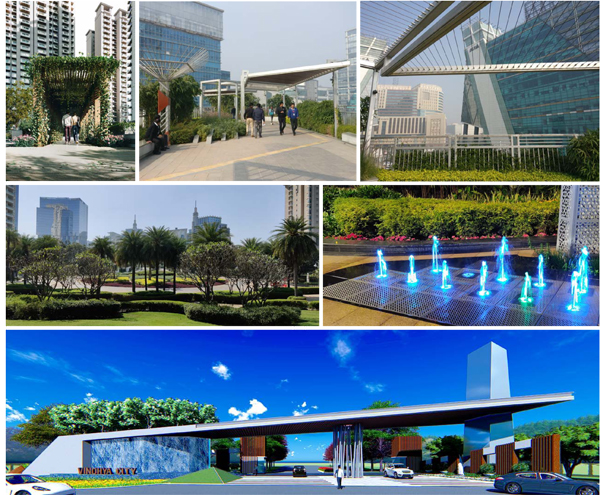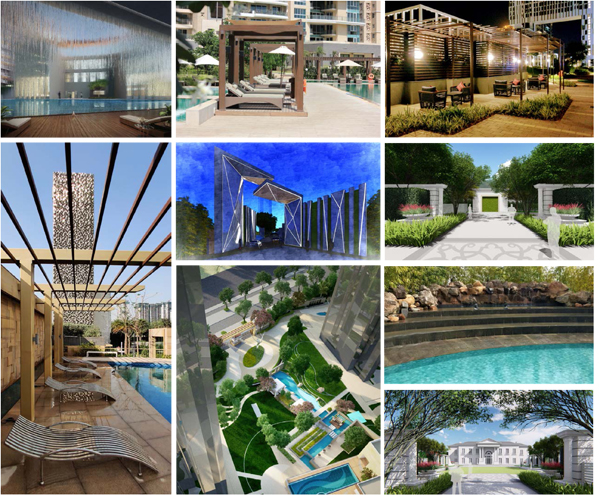
SANDIP KUMAR
PRINCIPAL | PARTNER
Sandip holds a bachelor’s degree in Architecture from the School of Planning and Architecture New Delhi, graduating in 1992. At post graduate level, he received the prestigious India Scholarship from the University of Oxford, UK for the Masters in Science program in Sustainable Urban Development. He is also a post graduate associate at the ‘Future of Cities’ program of the Institute for Science, Innovation and Society, University of Oxford and a member of the Urban Climate Change Research Network (UCCRN).
At Oxford, Sandip’s key research interests were exploring the theory and idea of urban sustainability, and its intersections with the politics and architecture of urban production. These concerns were also central to his dissertation on understanding ‘densification’ as a strategy of urban sustainability and its influence on design and planning interventions in Delhi. At his under graduate studies, Sandip excelled academically with the best dissertation in class and his studio design project being exhibited at the Venice Biennale, Italy 1990. Sandip received a ‘special mention’ in the ‘Young Architects Award’ by the ‘Indian Architect and Builder’, in the year 2000. He, along with Suneet Mohindru were invited to present their work and thoughts at the prestigious DesignXDesign expose’ talks, organized by the Alliance Francais de Delhi, New Delhi in 2014. A design project led by him was also nominated for the NDTV Design and Architecture Award, 2015.
He is a visiting Professor at the School of Planning and Architecture, New Delhi, his alma mater, where he has now been teaching for the last several years. Apart from his role as a tutor and a mentor in the design studio, he has guided several student dissertations and seminars. .
With his leadership quality, vast array of experience, applied knowledge and professional expertise, Sandip has led prestigious residential, hospitality, institutional, commercial and industrial projects. His key competence lies in context assessment, urban design, master plans and architecture design.
















